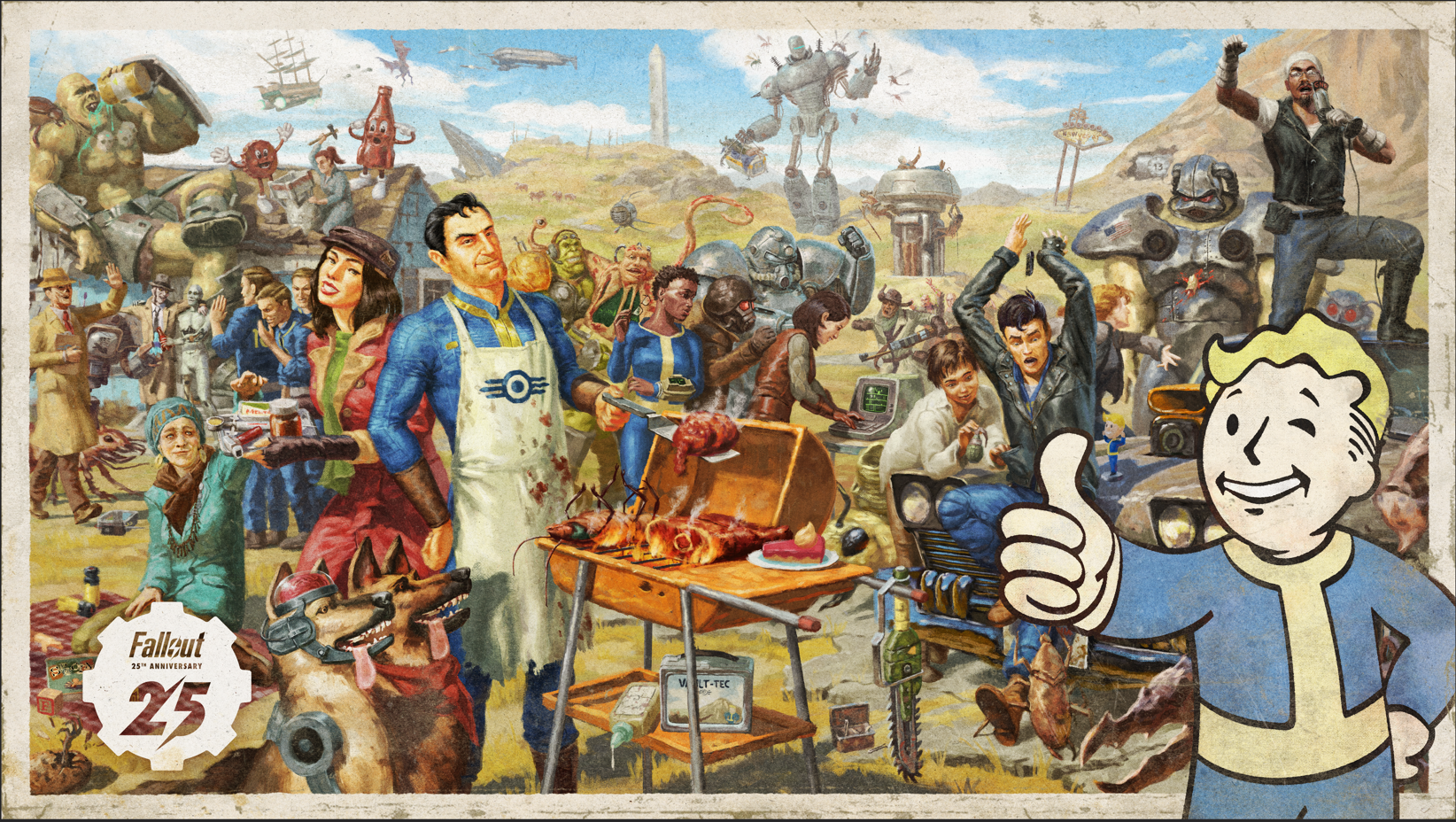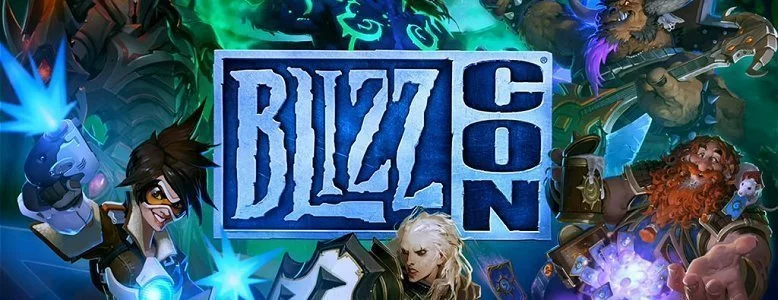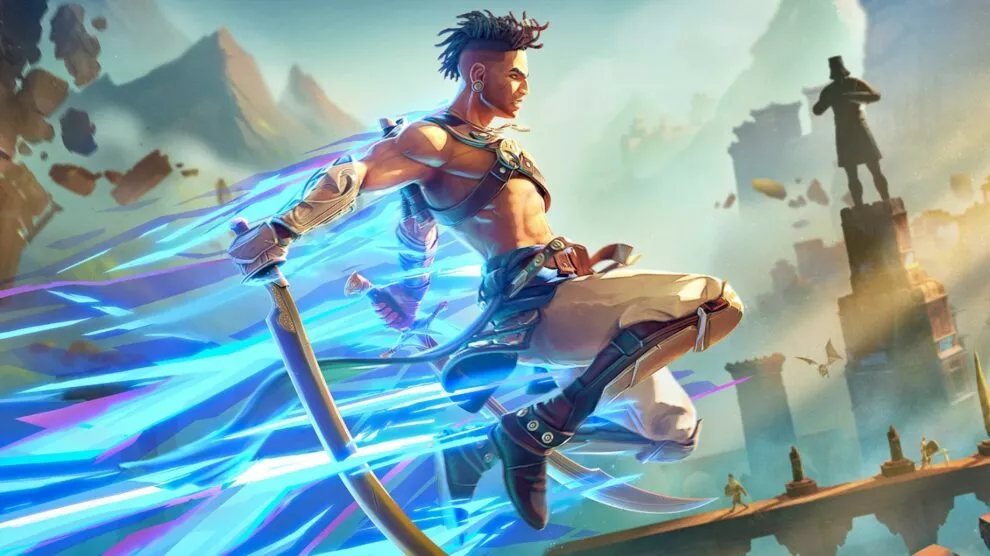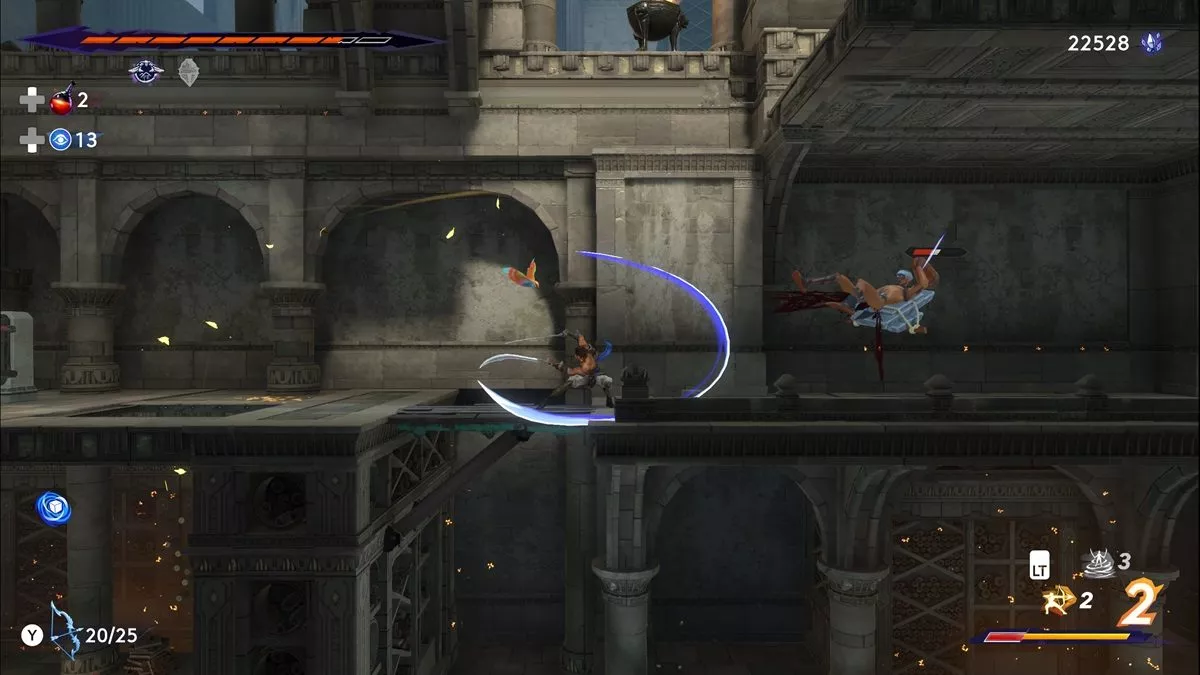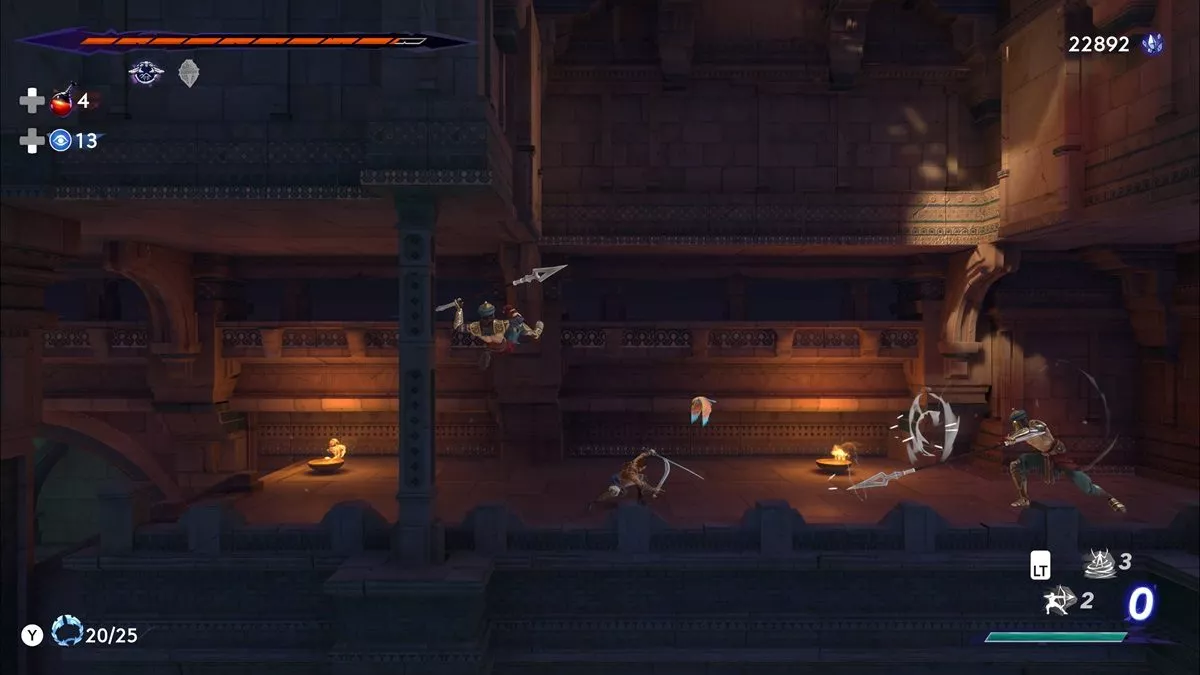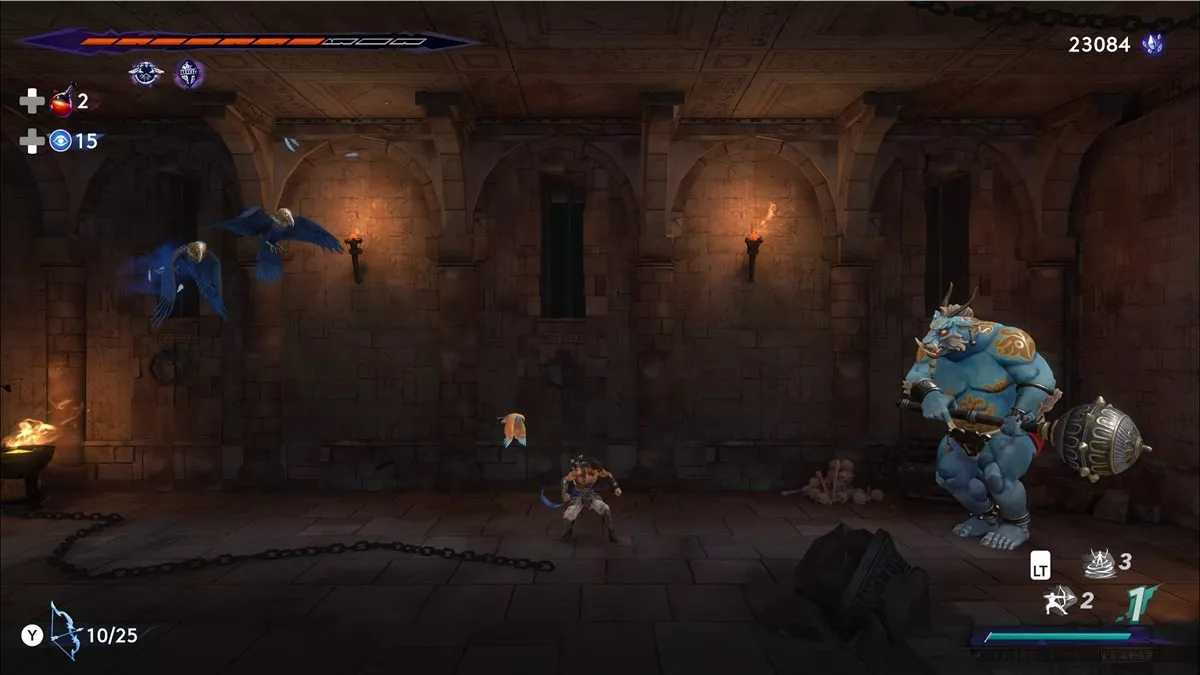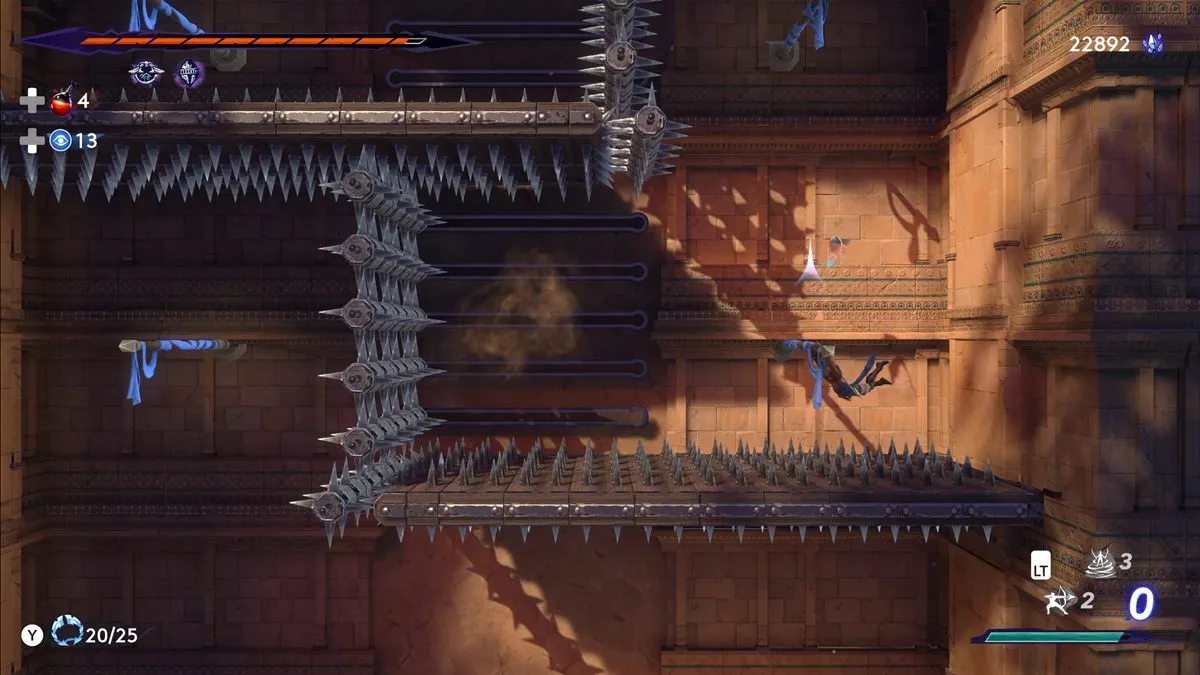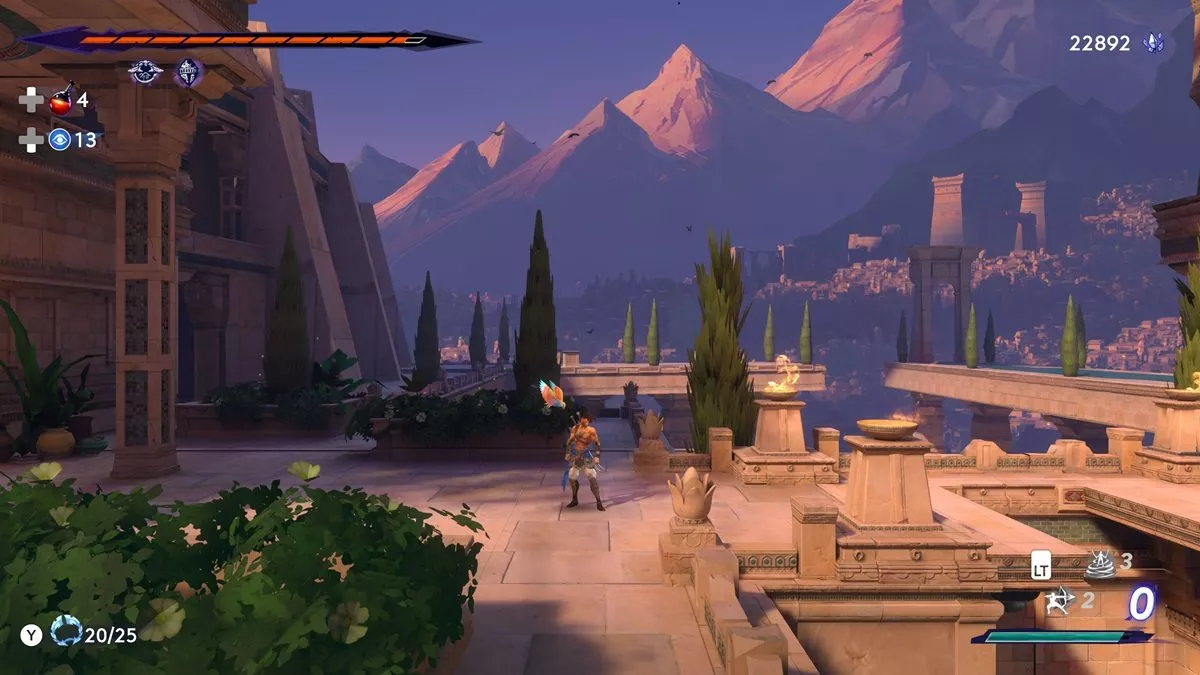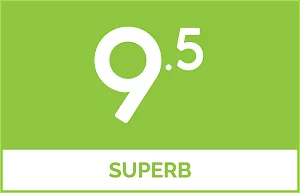The Samus of Time is a megahit.
The original Prince Of Persia game released in 1989 and it lives amongst the core memories of my first experiences with video games as a kid. It featured 2 biomes, intuitive block and attack sword fights and platforming so intricate the control system included the ability to move forward by a single foot step at a time so you could measure exactly where you would end up after each jump. Back in the day everyone had a copy of Prince of Persia. I’ve got vivid memories of launching the game in DOS by typing “Prince.exe Megahit” to activate the games cheat mode.
Subsequent iterations in the early 2000’s revived the IP with 3D platforming, wall running, fast paced action and a time manipulation mechanic that was groundbreaking back then and no doubt many of us are waiting with bated breath for the upcoming Sands of Time remake. Though for now, Prince of Persia The Lost Crown is more than enough to scratch that Prince of Persia itch. It graciously blends the best components of previous iterations — the original game included — into what is easily the best Metroidvania game we’ve seen in recent years. Metroid Dread fans take note: this is better.
In The Lost Crown you play as Sargon, a member of the Immortals — a group of elite warriors in charge of the protection of Persia. While immortal by name only, this group of warriors possess numerous special attributes and skills and have fought together for years. Following the kidnapping of Prince Ghassan, Sargon and his allies venture into Mount Qaf, a mysterious land where the natural rules of time and space don’t apply, in order to find their Prince.
Being a Metroidvania game, The Lost Crown has you exploring, fighting a huge selection of different enemy types, and traversing what becomes a massive map made up of 13 biomes including a shipwreck frozen in time, palace gardens, and creepy underground sewers. Of course, as is the nature of the genre, many areas or sections are inaccessible until after you’ve unlocked specific player abilities. As a result you’ll of course find yourself frequently referring to your map and backtracking, and engaging with enemies you’ve fought several times over in the hope that the ability you’ve just unlocked will allow you to progress a bit further than before.
While I’ve always enjoyed the more recent and popular Metroidvania games (Ori, Hollow Knight, and Metroid Dread as examples), I’ve still always found myself getting a little frustrated with the constant backtracking. But the layout of The Lost Crown is different; while there’s some backtracking involved, Ubisoft has done an amazing job at naturally steering you in the right direction. Getting lost or confused about where you need to go next is a rarity.
This is helped a great deal by The Lost Crown’s memory shard feature. Starting with access to 15 shards, you’ll be able to take a proper screenshot of any area and pin it to its corresponding spot on your map. You can use the feature to highlight items, but more importantly to instantly reference a specific location to then figure out if your recently unlocked abilities will help you get past whatever barrier was previously in the way. It’s an ingenious approach to the genre and goes a long way to making the whole experience more enjoyable.
Where The Lost Crown truly shines though is in its combat and traversal. Combat is about as fluid as you can get, with a primary attack button that executes very easy to pull off moves and combos determined by pressing or holding the attack button and flicking your stick in a direction. A secondary attack (eventually) grants you the ability to fire a limited number of arrows, great for picking off distant enemies or getting an extra sneaky hit while juggling an airborne ragdoll. Merging these elements with a valuable block and parry system, combat against low level enemies and bosses alike is fun, fluid, and unbelievably satisfying with every single kill.
To add more depth to combat, successful attacks and blocks grant Athra. Think of that as your special bar which, when filled, allows Sargon to unleash one of two equipped devastating Athra Surge attacks from a selection spread out over three tiers. These are incredibly satisfying to unleash, but knowing when to use them is just as important as knowing when not to. This is especially true when fighting bosses which are as varied in their attacks as they are challenging to engage. They’re super tough to bring down.
For the purposes of this review, I played The Lost Crown on the recommended difficulty setting. There, some of the bosses I encountered felt as though I would never be able to defeat them… until I did. Much like Soulsborne games, learning the moves and tells of each boss — and predicting where you need to be or when you should attack — is paramount. Just as you think you’ve figured them out and they’re almost dead, that boss will then unleash something new, forcing you to keep learning.
Bosses will without a doubt kill you repeatedly and it will become frustrating for some, though with every death, a lesson is learned. You’ll very quickly notice that with each failure you improve, ever so slightly. Besting a boss in this manner means engagements are incredibly rewarding once you’re on the other side of them. And if that doesn’t work, custom difficulty settings mean you can dial combat difficulty up or down, or even turn on platforming assists to get past tricky sections on the way to a boss.
The Lost Crown of course wouldn’t be a true Medroidvania game — or a Prince of Persia game for that matter — without your fair share of jumping over spikes, wall jumping, dashing, and all sorts of other flashy magical traversal methods as abilities are unlocked. Controls are responsive and intuitive with just the right amount of momentum making platforming challenging without feeling unfair. Dashing through tiny gaps lined with spikes or flipping off walls to get to hard to reach areas is fun with the just the right level of challenge. It’s almost perfect with only two minor gripes.
Firstly, there are a few areas where platforms change their position based on which direction Sargon is facing. In these instances, precision was demanded of the player, and on both Lost Crown‘s Xbox and PC versions, Sargon would autocorrect, landing facing the right and then switching to face the left even though that input was not given. This overcorrection causes the platforms you’re reliant upon to momentarily retract into a wall, and that’ll usually result in your death. Having to repeat a puzzle because you’ve messed up is one thing, but because the game is making it needlessly harder is another.
Secondly, early on in the game Sargon gains a dash ability bound to RT/R2 which when executed results in him flowing from the dash to a high speed sprint. While playing, my preference was to sprint everywhere with my finger firmly on that trigger in a constant state of high speed, only releasing it to execute a dash as necessary. However when sprinting out of one area and into another, Sargon defaults back to his usual jogging pace requiring the release and pull of the trigger with each screen transition. It’s a minor thing but a bit annoying nonetheless. I can’t stress enough how minor these complaints are; bounding around Mount Qaf, dodging spiked wheels of death, and performing all kinds of death defying stunts is plenty of fun.
On top of this, I also encountered a few bugs. After loading Lost Crown in one instance, I found my run button was disabled. In another instance, I found myself locked into a dialogue sequence with an NPC and was essentially trapped in the room with him. One puzzle that relies upon collision detection saw objects passing through one another when they should have reacted as you’d expect. On a few occasions, the use of Athra Surges resulted in Sargon or his enemies becoming trapped into nearby walls; enemies impacted would respawn nearby with full heatlth.
While annoying, a majority of these bugs were easily corrected by restarting the game, or sometimes just using fast travel to leave and re-enter a location. In the more than 25 hours I’ve put into The Lost Crown, these bugs were encountered infrequently though remain the primary reason why I’m not giving this game a 10.
Well, that and amulets. As Sargon progresses through his adventure, he’ll unlock perks from myriad amulets which he can swap in and out. These serve as passive abilities or upgrades, and there are plenty of them — 38 in fact. At max level, Sargon has up to 12 amulet slots at his disposal, and that can become a balancing act; while some will use only one slot, others can use up to three. It was very early in the game that I established a preferred loadout of three core options; as further necklace slots unlocked, I found myself choosing from a selection of perks that weren’t too exciting to me. It’s peculiar to have such an extreme lack of beneficial abilities despite an overwhelming amount of choice.
Despite these little nitpicks, I can’t stress enough how enjoyable Prince of Persia The Lost Crown is. Looking at the trailers, this might seem like a basic platformer but that couldn’t be further from the truth. The Lost Crown encapulates everything an excellent Metroidvania game should while respectfully honouring the Prince of Persisa IP by bringing it somewhat back to its roots. Much like the game that started it all, everyone should have a copy of Prince of Persia.
Prince of Persia The Lost Crown was reviewed using a promotional code on PC, as provided by the publisher. Subsequent codes were also provided on Xbox Series S and X. Click here to learn more about Stevivor’s scoring scale.
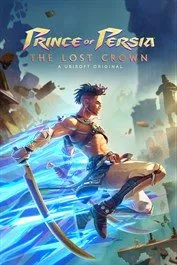 |
Prince of Persia The Lost Crown18 January 2024PC PS4 PS5 Switch Xbox One Xbox Series S & X
|
This article may contain affiliate links, meaning we could earn a small commission if you click-through and make a purchase. Stevivor is an independent outlet and our journalism is in no way influenced by any advertiser or commercial initiative.


